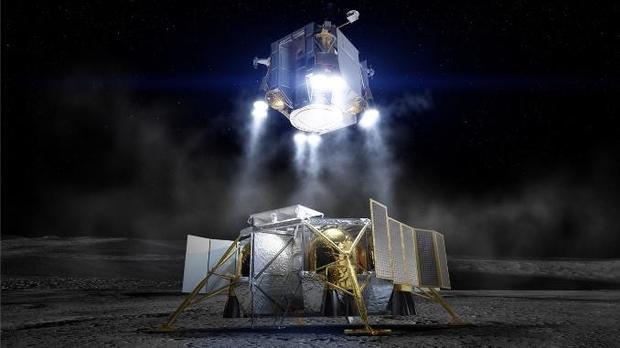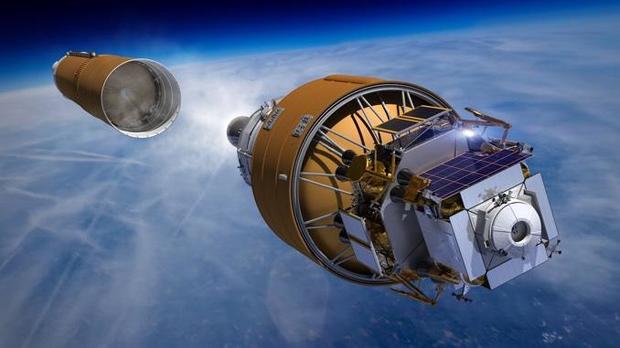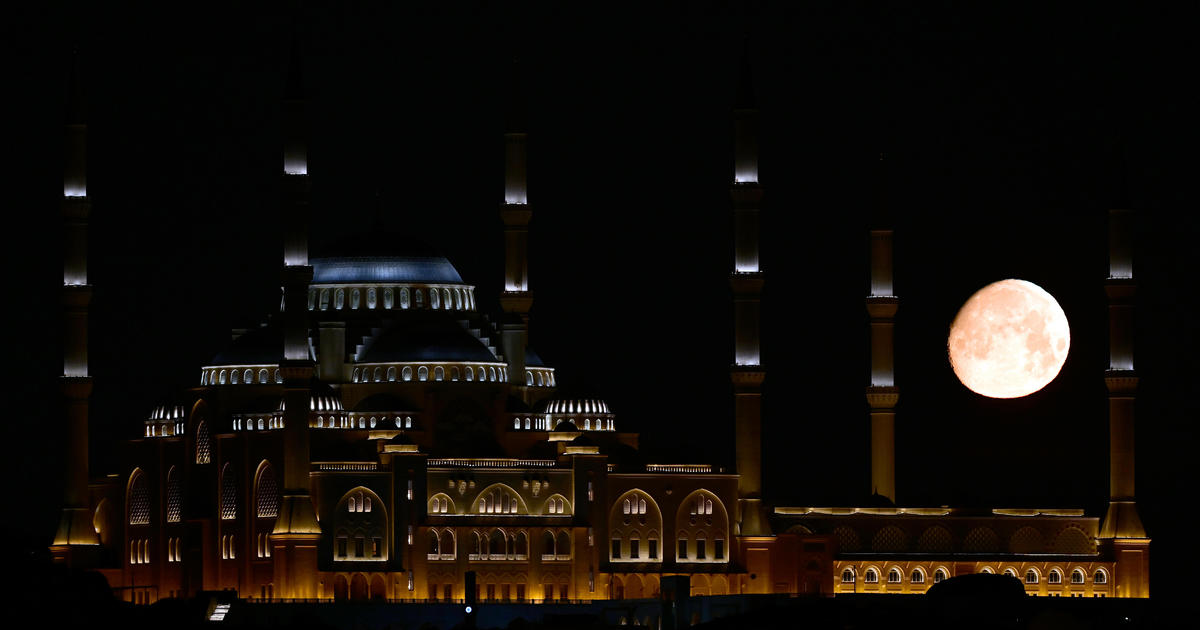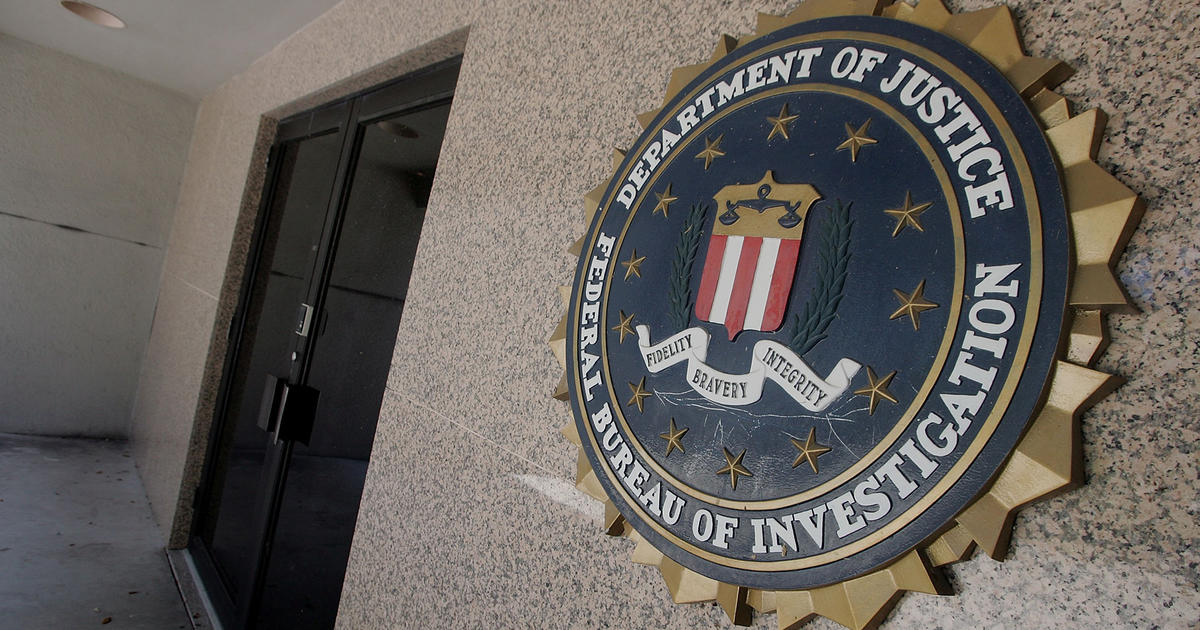Boeing submits Artemis lunar lander proposal to NASA
Two weeks after a team led by Jeff Bezos' Blue Origin unveiled plans for a lunar lander, Boeing submitted its own proposal to NASA on Tuesday, offering a spacecraft that would launch atop the company's powerful Space Launch System (SLS) rocket and carry astronauts to and from the moon's surface with fewer flights.
NASA's fast-evolving Artemis program calls for sending astronauts to the moon in Orion capsules launched by SLS boosters as early as 2024. After docking with a small, remotely assembled space station known as Gateway, two astronauts would transfer to a commercially-built lander and descend to a touchdown near the moon's south pole.
The astronauts then would blast off, return to Gateway and head home in their Lockheed Martin-built Orion capsule.
Tuesday was the deadline for companies to submit lander proposals to NASA. The agency plans to select at least two designs next year for actual development, saying on its website, "the first company to complete its lander will carry astronauts to the surface in 2024, and the second company will land in 2025."
It is not yet known how many companies submitted lander proposals.
But a design developed by Blue Origin, Lockheed Martin and Northrop Grumman — unveiled by Bezos on October 22 — calls for what amounts to a three-stage lander: a so-called transfer stage to first lower the ship's altitude from Gateway's high orbit; a descent stage for landing on the surface; and an ascent stage, carrying the crew, for the trip back up to Gateway.
Northrop Grumman, which already is under contract to build a Gateway module, would build the "Blue Moon" lander's transfer stage. Blue Origin would lead the project and build the descent stage while Lockheed Martin handles the ascent stage and life support systems.
Details about how the lander might be launched and assembled at Gateway are not yet known.
Boeing's design, unveiled Tuesday, takes a different approach, using the power of the company's huge SLS rocket to propel a two-stage lander to the moon that could dock with an Orion capsule or Gateway, delivering astronauts to the surface with, or without, stopping at the lunar space station.
"Using the lift capability of NASA's Space Launch System Block 1B (rocket), we have developed a 'fewest steps to the moon' approach that minimizes mission complexity while offering the safest and most direct path to the lunar surface," Boeing Vice President Jim Chilton said in a statement.
Using the more powerful block 1B variant of the SLS, company engineers say the Boeing lander's ascent and descent stages could be sent to the moon fully assembled, eliminating the need to "mate" components in lunar orbit that were launched separately.
The SLS is years behind schedule and is not expected to take off on its first unpiloted test flight until 2021. A second flight is planned to carry astronauts around the moon aboard an Orion capsule in the 2023 timeframe, following by the first Artemis moon landing mission in 2024.
Using the more powerful block 1B variant of the SLS, Boeing says a lunar landing can been carried out with just five "mission critical events" instead of nearly a dozen required by competing designs that might require the use of Gateway and multiple launches with less-powerful commercial rockets.
"The lander's flexible design allows for the fastest path to lunar flights while providing a robust platform that can perform NASA's full range of exploration missions," according to the Boeing statement. "It can dock with the Gateway lunar orbiter or directly with NASA's Orion to eliminate the need for an additional spacecraft, both on time to meet the 2024 mandate."
Boeing said the design "includes innovations in its engines, composite and automated landing and rendezvous systems. Key technologies are based on the Boeing CST-100 Starliner spacecraft, which will be fully demonstrated and proven during its upcoming Orbital Flight Test to the International Space Station in December 2019."
The CST-100 Starliner is a piloted capsule being built by Boeing in a commercial venture to ferry astronauts to and from the International Space Station. The OFT mission is an unpiloted test flight to the lab complex that is currently scheduled for launch December 17. The first piloted mission is expected next year.
SpaceX also is building a commercial astronaut crew ship under contract to NASA for similar space station crew rotation flights.






